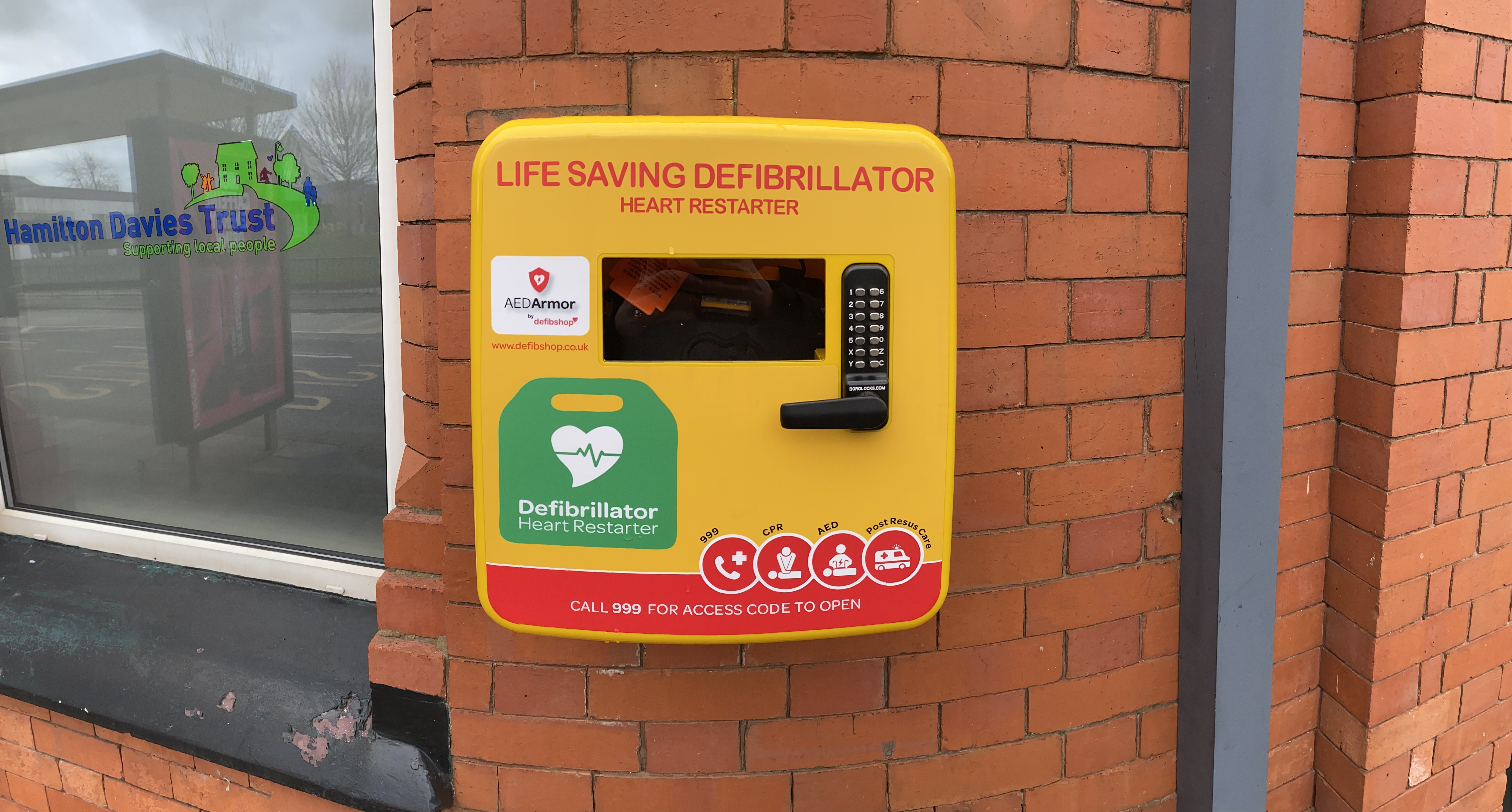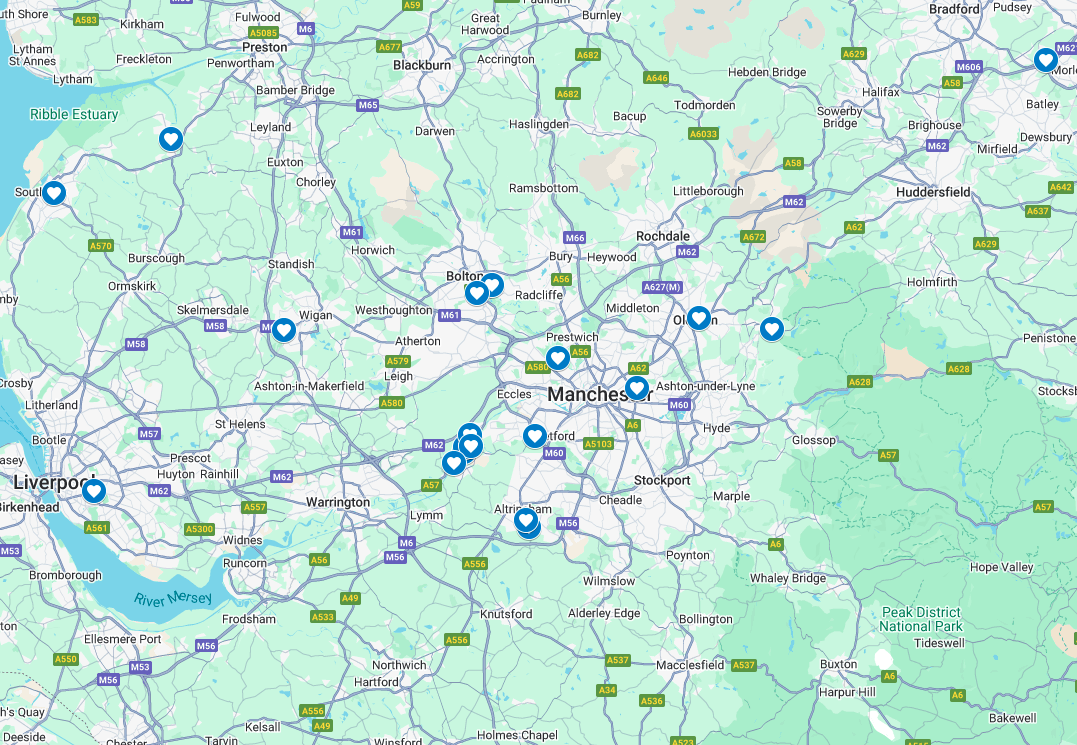Who is at Risk of Sudden Cardiac Arrest?

A cardiac arrest is caused by an electrical malfunction in the heart which prevents blood from being circulated around the body. A cardiac arrest can occur at any time or place, often with no warning and can affect anyone regardless of their age or health condition. When a cardiac arrest occurs, the heart goes into fibrillation which causes the victim to collapse.
Without treatment, the victim of a cardiac arrest will die within a few minutes. However, there are steps that you can take to help save a person’s life if you were to ever witness anyone experiencing a cardiac arrest. It is vital to act immediately as every second counts for the victim and it is important to limit the time between collapse and treatment in order to increase their chance of survival.
Cardiac Arrests are often mistaken for Heart Attacks, but many people are unaware that whilst these are two serious cardiac events, they are two very different emergencies that should be treated differently.
No one is Immune
It may surprise you to find out that sadly, no one is immune from a cardiac arrest. It is therefore highly important that AEDs are made available in public places in order to provide the highest chance of survival to victims of a cardiac arrest.
Although the average age of a cardiac arrest victim is 65, statistics show around 12 people under the age of 35 die each week from a sudden cardiac arrest.
Statistics have shown that cardiac arrests do not discriminate, with an increased number of young victims, it is also important to ensure life-saving defibrillators are made available in schools.
Prevention
Although no one is immune, certain lifestyles will put people at a higher risk of experiencing a cardiac arrest than others. Existing heart diseases and conditions such as diabetes will increase the risks alarmingly.
Lifestyle factors that will influence the risks associated with cardiac arrests include high levels of stress, smoking and alcohol intake. Healthy individuals are thought to be least at risk of experiencing a cardiac arrest. However, perfectly healthy individuals have also fallen victim to cardiac arrest.
There are a number of lifestyle changes that can be implemented to keep your heart healthy and reduce the risk:
Exercise- Exercise has many effects that benefit the heart and circulation. These benefits include improved cholesterol and fat levels, reduced inflammation in the arteries. Exercise also helps keep blood vessels flexible and open as well as being good for maintaining weight or weight loss programmes.
It is recommended that you do at least thirty minutes of exercise five days a week. This can be as simple as going for a brisk walk, swim or cycle, even walking the dog counts!
Cardiac screening- It is important to monitor and manage health behaviours and risk factors. In order to indicate certain risk factors, cardiac screening can be carried out on otherwise healthy individuals which will allow risks to be picked up on before symptoms begin to appear.
Key screenings that monitor cardiac health include:
Blood Pressure Cholesterol BMI Blood Glucose Smoking Physical activity Diet
Depending on the initial results and risk factors detected, additional screening may be recommended in the form of an echocardiogram, commonly known as an Echo, which uses an ultrasound to examine the heart. This will provide information on the structure of the heart and how it is working.
Cardiac screening can detect a problem early before any symptoms occur. This allows the individual to alter their behaviour in order to reduce the risk of experiencing cardiac problems.
Public AEDs- Early defibrillation and CPR is the only definitive treatment for SCA. It is therefore essential that more life-saving defibrillators are made available in public places. These devices are designed so that almost anyone, regardless of their age or ability will be able to use an AED if an emergency situation were to arise.
The rescue process is made simple for the first responder, with voice prompts to give instruction and some devices giving visual cues that go through the steps. If you suspect someone has experienced a cardiac arrest, call 999 immediately as every second counts.
Statistics
The UK survival rates of a cardiac arrest lag behind other developed countries, most notably Sweden. Reasons behind this include the amount of money Sweden have invested in healthcare in comparison.
Bystander intervention is also a lot more common and effective in Sweden as 3 million people are trained in CPR. Training takes place in schools and workplaces across the country.
Whereas sadly, in the UK many deaths occur as a result of bystanders who are unsure of what to do in an emergency situation. As a result, 83% of people in the UK believe that CPR training should be mandatory in schools.
In the UK alone, there are approximately 30,000 out-of-hospital sudden cardiac arrests. It is estimated that 80% of these cardiac events occur at home and the remaining 20% occur in a public place.
A cardiac arrest is reversible in most cases if treatment is provided right way. It is therefore important to know what to do if a person suffers a cardiac arrest in order to reduce the number of deaths that occur as a result. As previously mentioned, immediate CPR and defibrillation are essential for saving the life of a victim following a cardiac arrest.
More Information
Although no one is immune from SCA, you can help to prevent it by living a healthy lifestyle.
Head on over to our twitter page @defibshop and join the conversation by letting us know what you do to keep your heart healthy.












